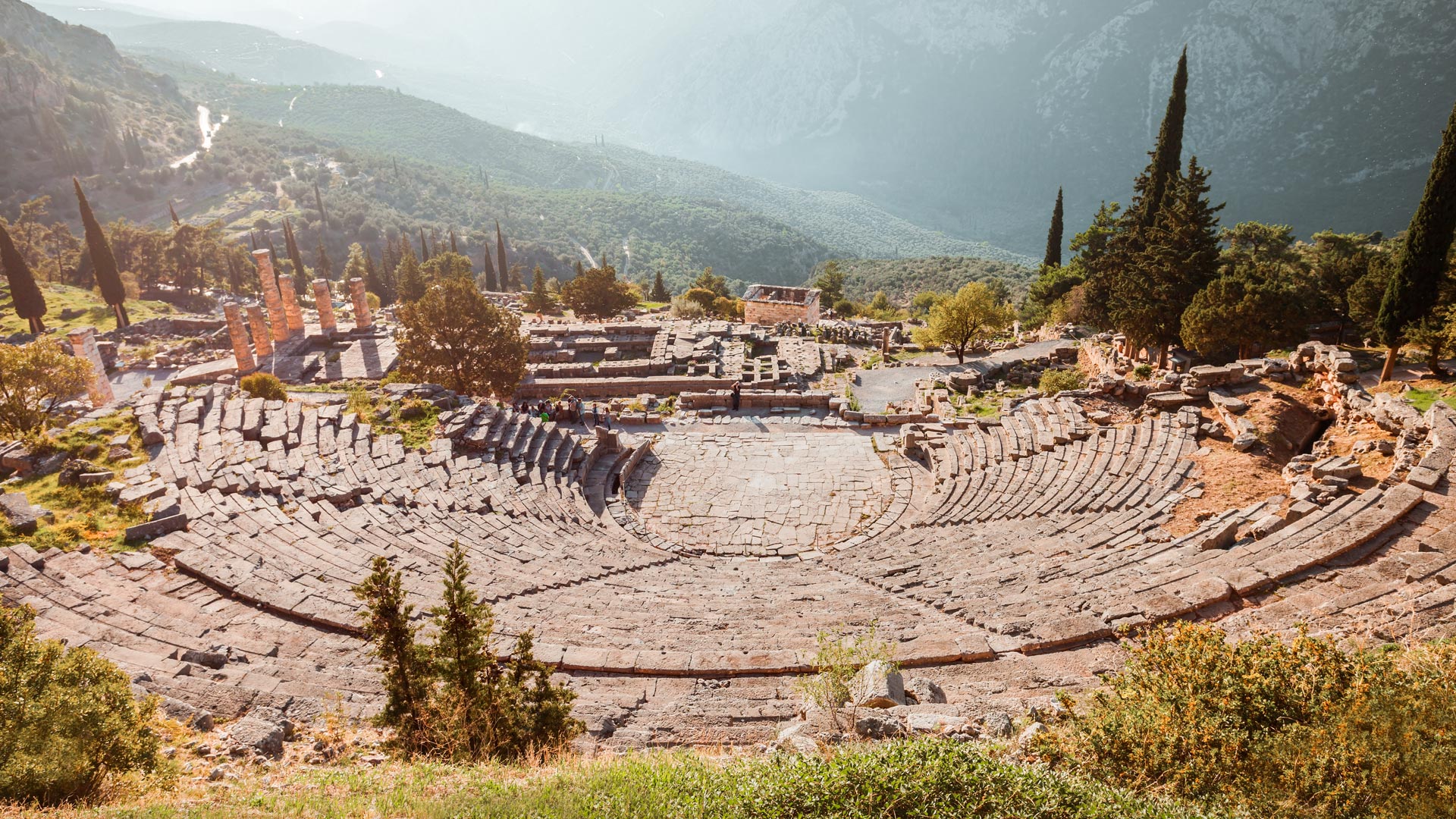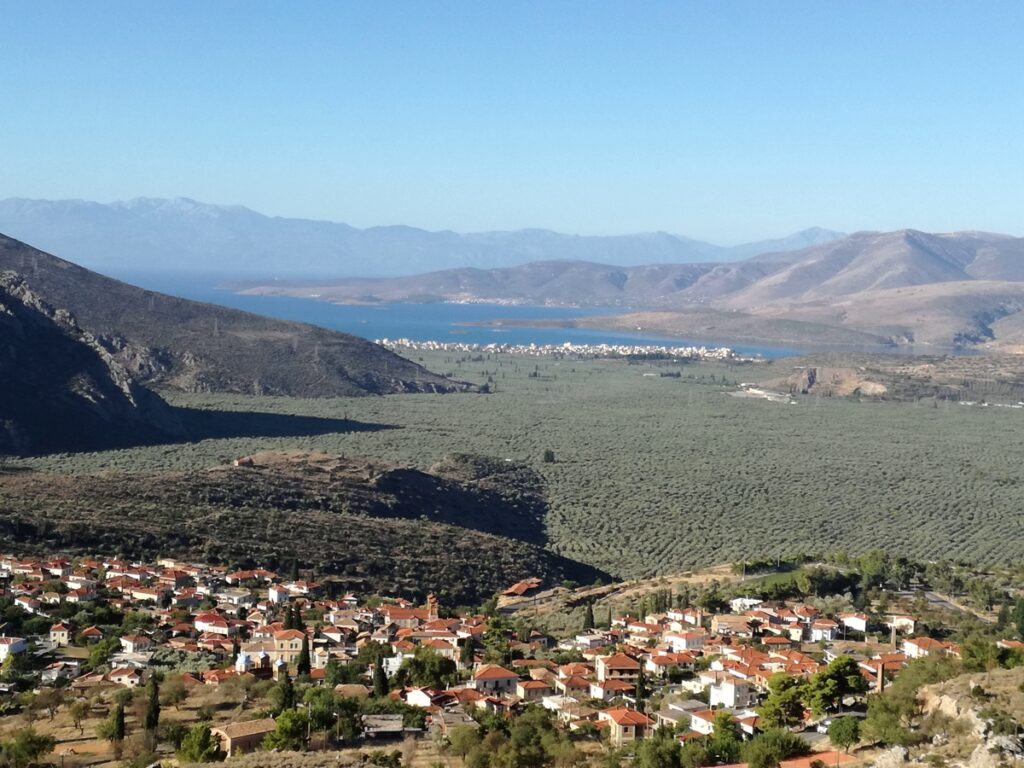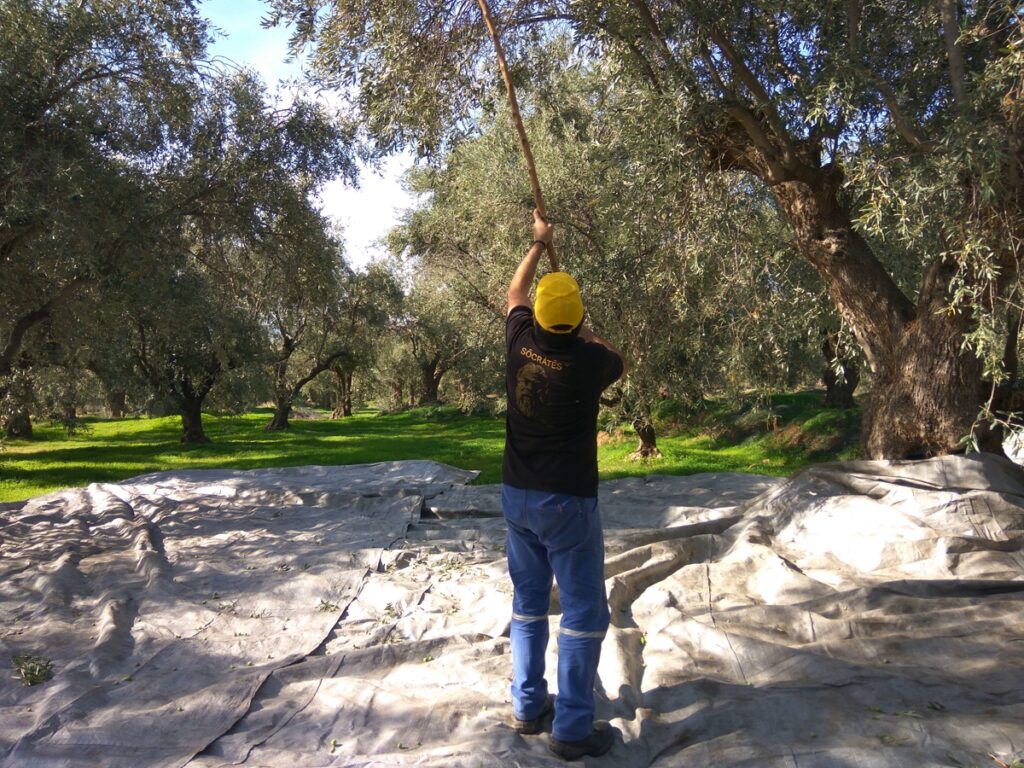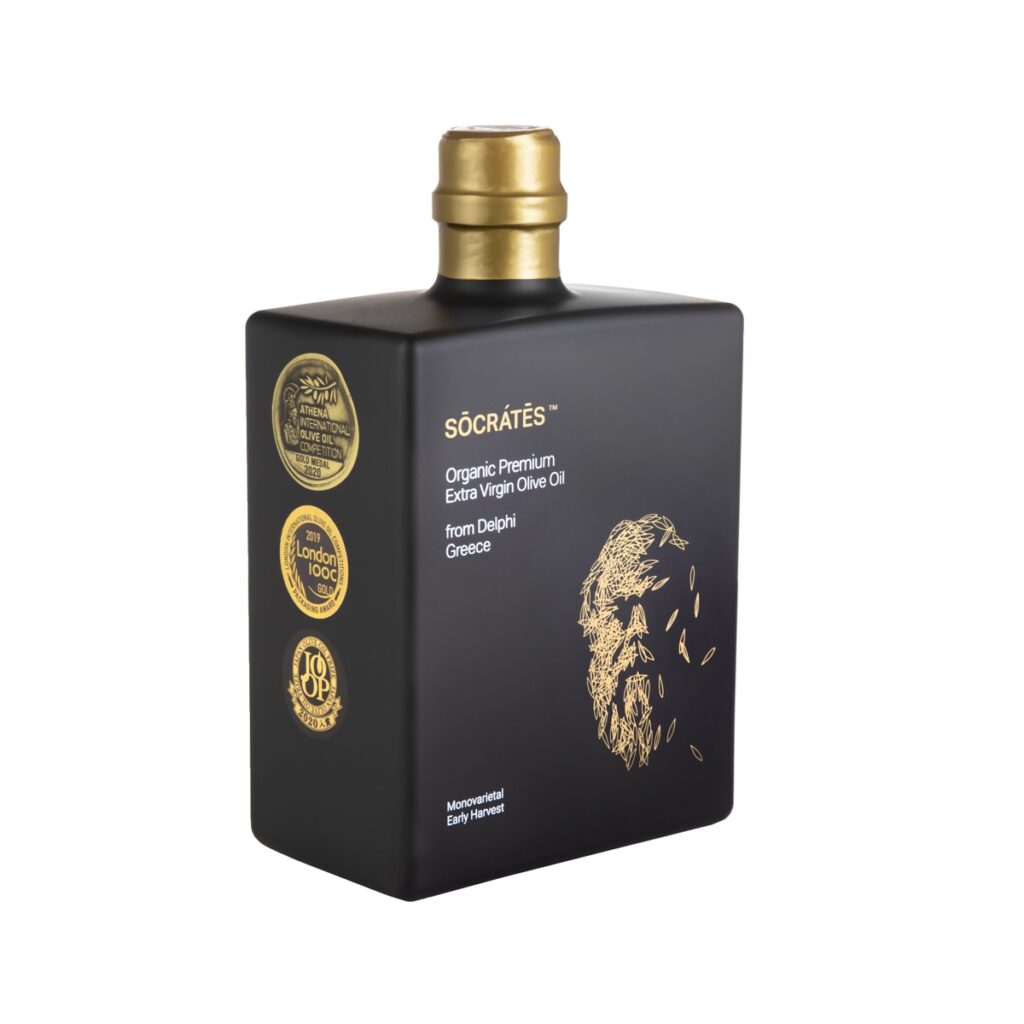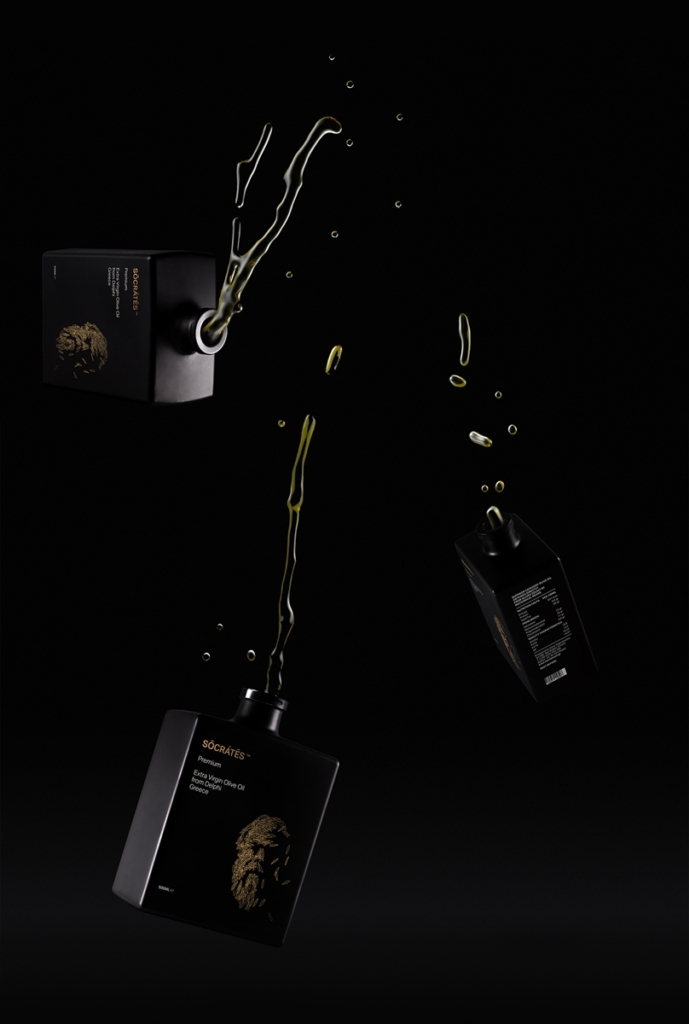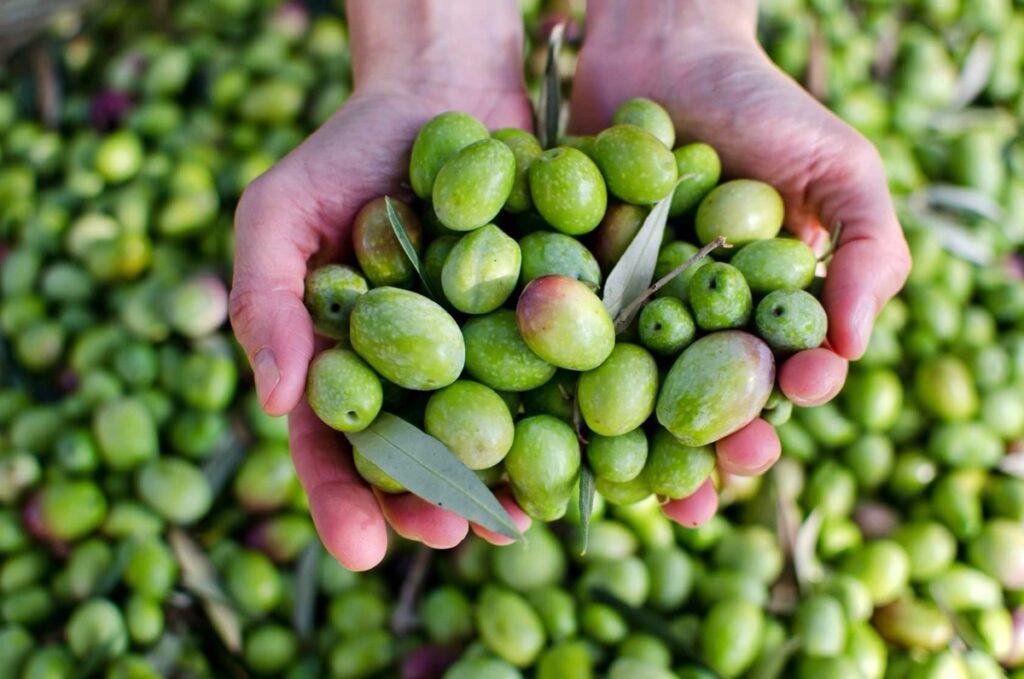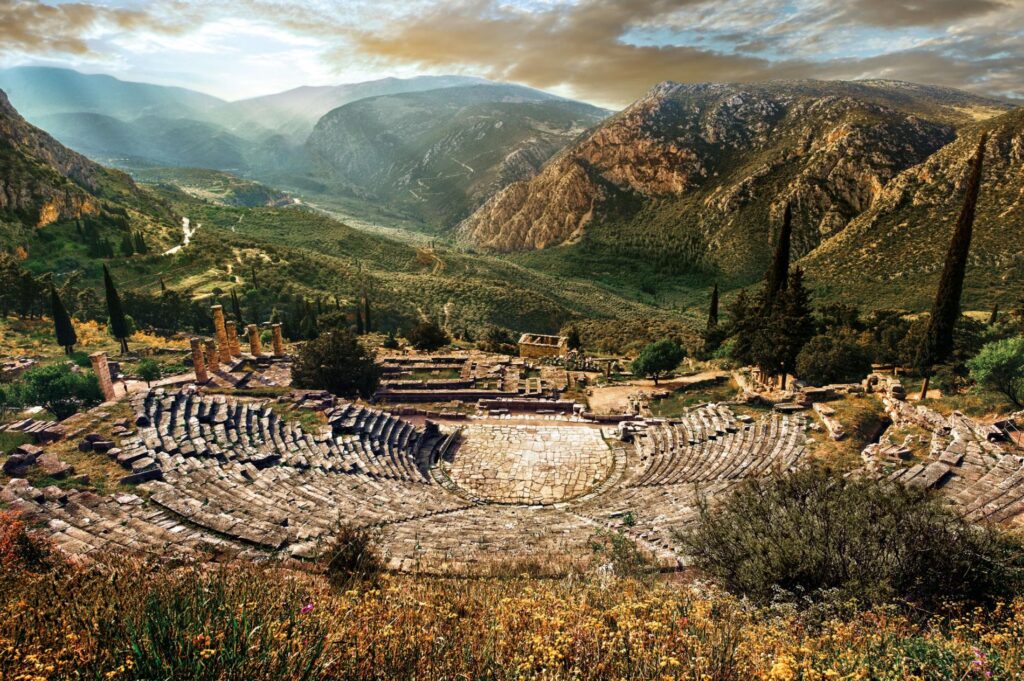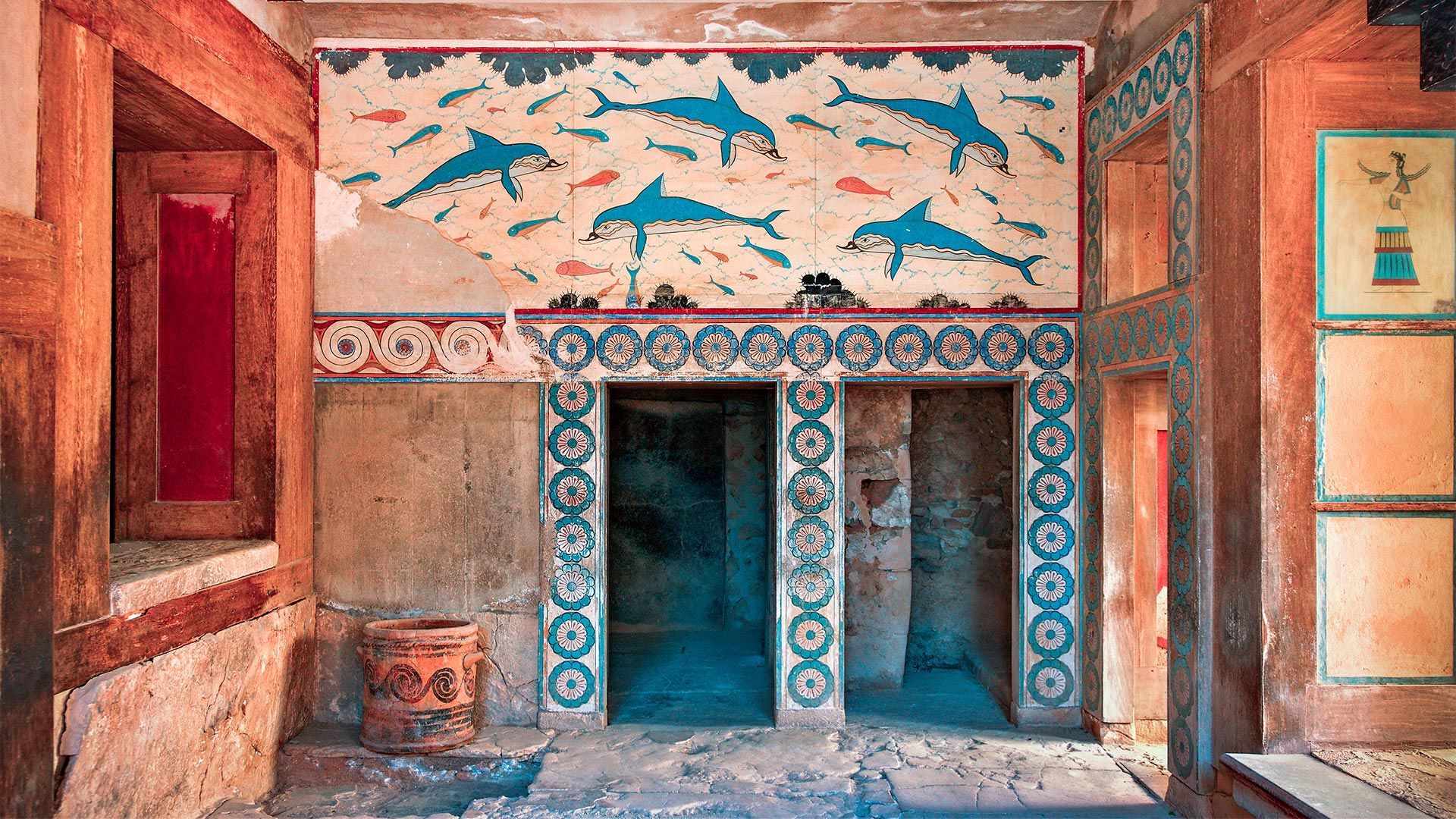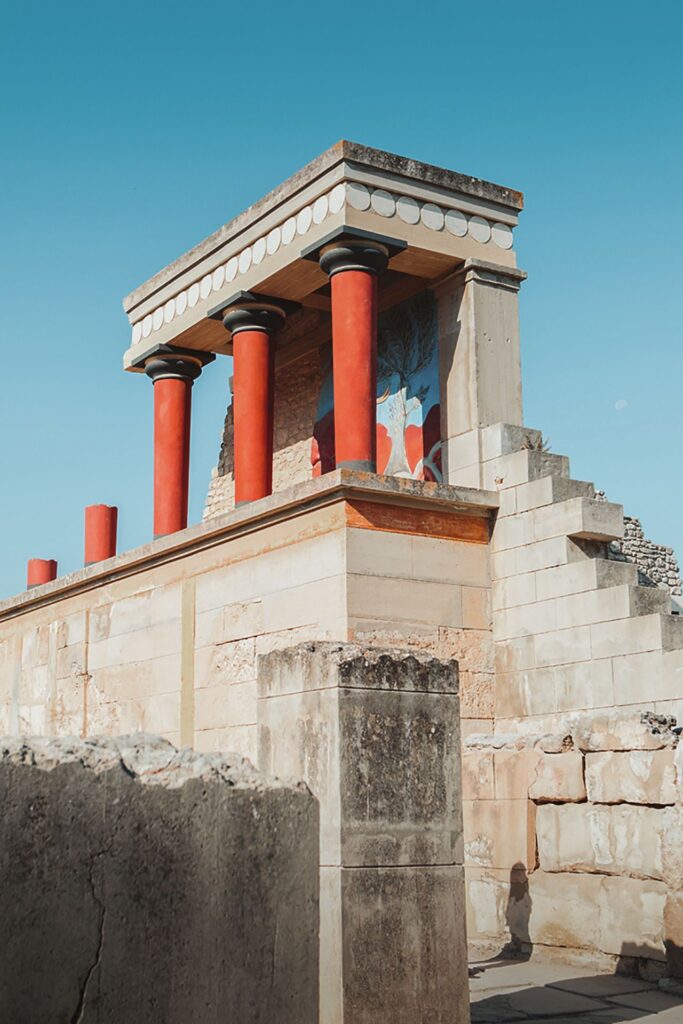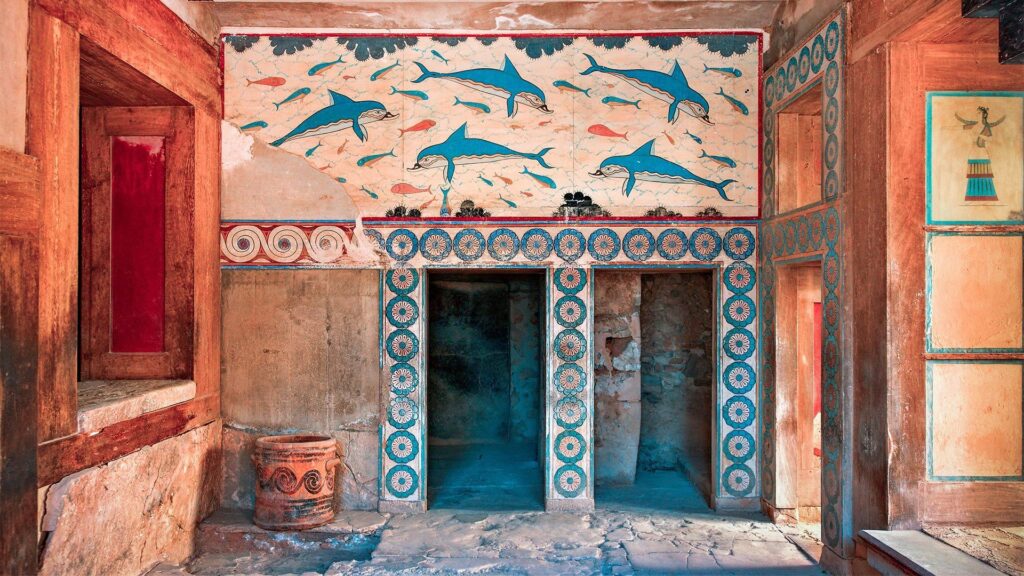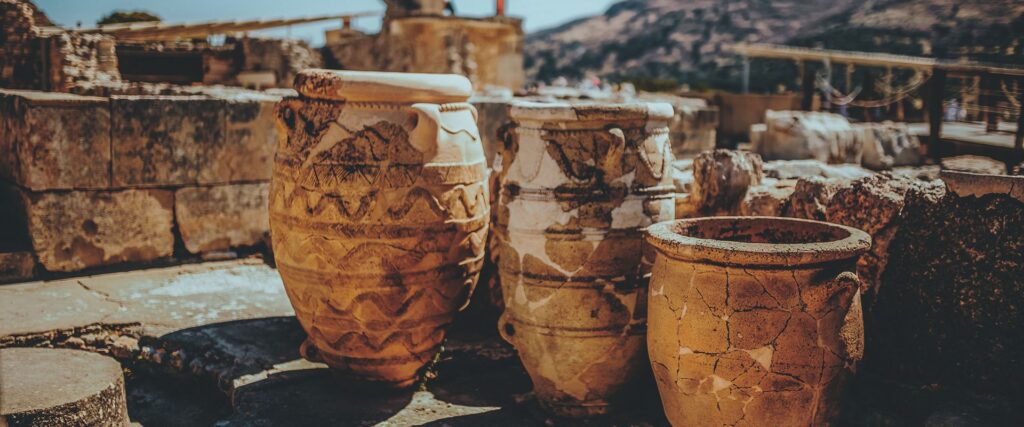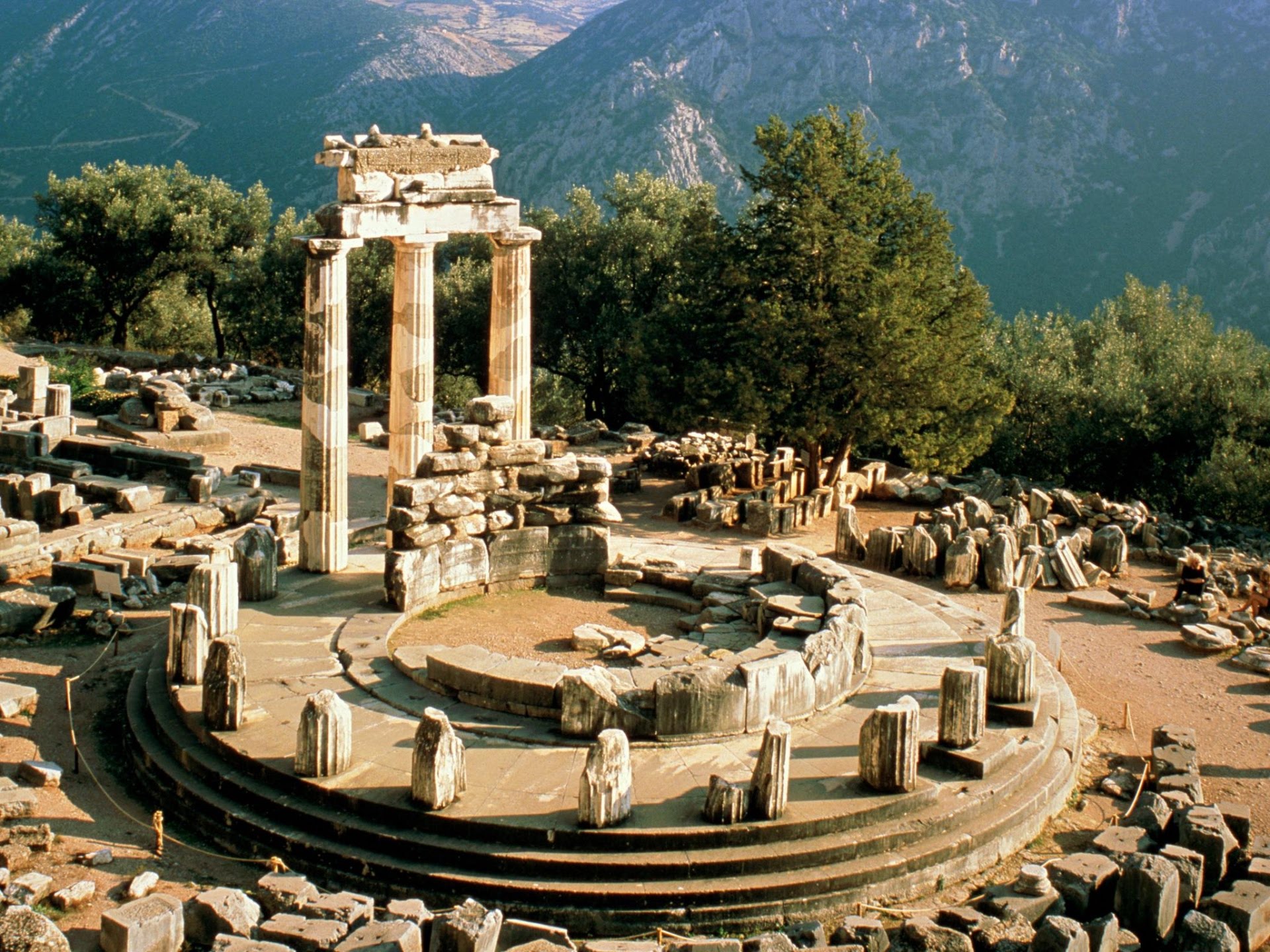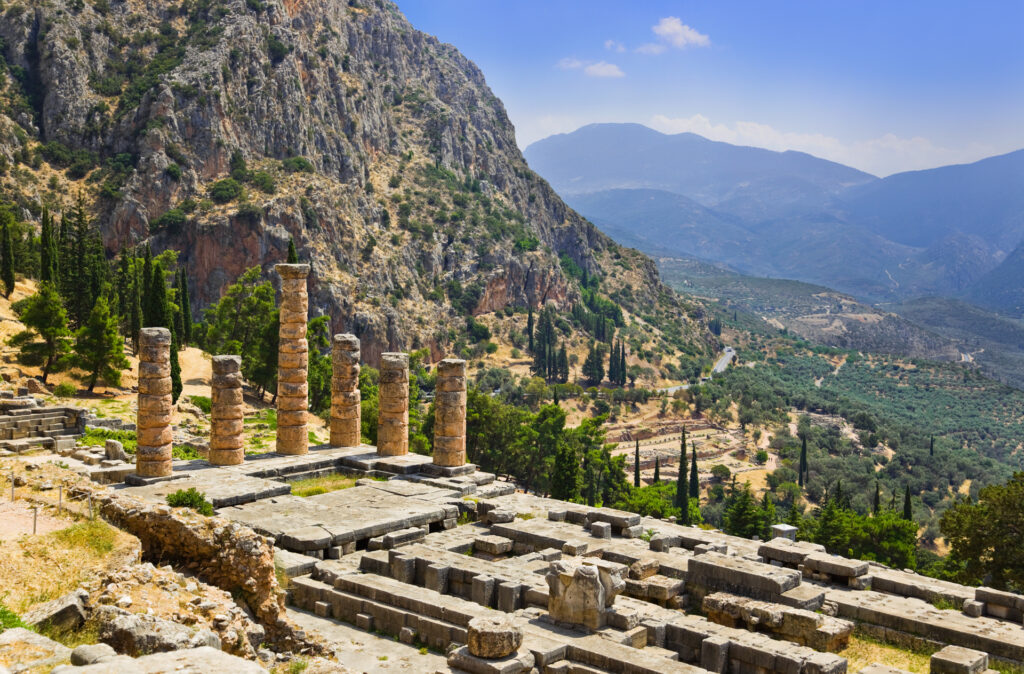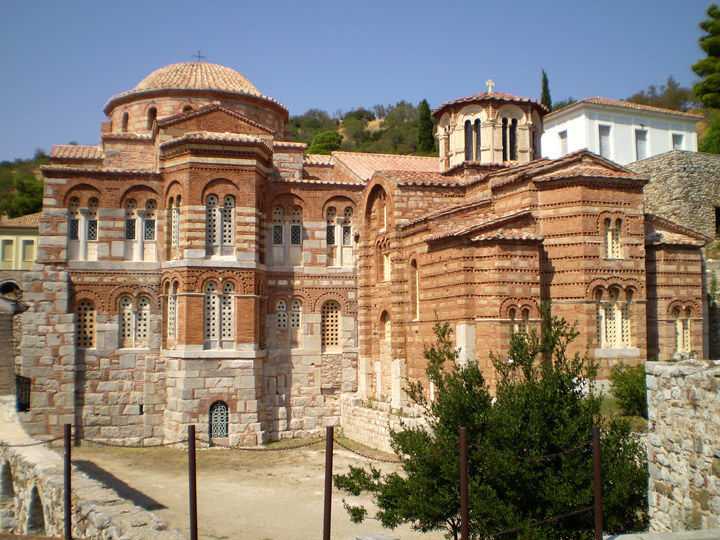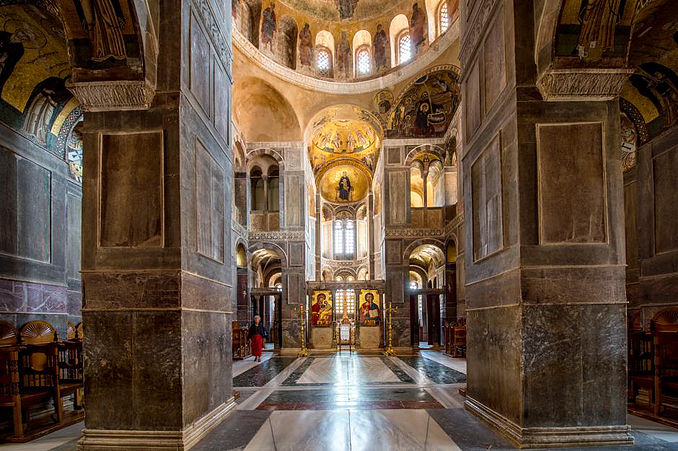Delphi, Greece’s second most popular archaeological site is located at the foot of Mount Parnassos and is home to the most famous oracle of ancient Greece. In fact, Delphi is regarded as the centre of the ancient world.
Due to its close proximity to Athens (just over two hours drive), Delphi is an ideal spot for a quick getaway from the Greek capital. This historical site offers incredible cultural experiences, including a tour of a family-owned olive grove, which is one of the oldest in the world.
Socrates Oil is a family business that was created six years ago, out of their love for olive oil and their homeland. What makes it even more special is that the traditional olive grove of Delphi is the largest continuous olive grove in the Balkans; occupying an area of about 60,000 acres, it contains roughly 1,200,000 olive trees.
The area is protected by the UNESCO international treaty, as a world heritage site, as the first olive trees were planted here about 2,500 years ago. All the olive trees are of the “Amfissis” variety and the height of many of them exceeds 10 meters; to embrace such an age-old tree you will need 5 to 6 people.
Socrates Oil produces two types of olive oil, as well as green and black olives, and pate olives. Their Extra Virgin Olive Oil and Premium Olive Oil Socrates are two single-variety olive oils that are produced by the process of cold pressing, in a state-of-the-art olive mill that follows very strict hygiene rules.
“Harvesting is done by hand, in early November for premium fresh olive oil and in early December for EVOO. The microclimate of the area with the mild winter and the wet summer, as well as the natural vegetation of aromatic wild grasses, make us a very aromatic olive oil with a special aftertaste,” owner Panos Danatzis tells IN+SIGHTS GREECE.
“We have won 10 international quality awards (four gold) and the Premium olive oil packaging (black bottle) has won the double packaging and label award at the London International Packaging Competition. Socrates olive oil is exported throughout Europe, Canada, Australia, South Korea, and New Caledonia,” adds Panos.
Visitors to the historic olive grove will have the opportunity to walk around and see the age-old trees up close and if it happens to coincide with the harvest season, guests are also able to help with the olive harvesting and watch the unique process of olive oil production.
“You will be able to try different olive oils from other parts of Greece, as well as olives and olive paste. You can also visit the archaeological site of Delphi and admire the ancient findings of the Archaeological Museum, which each year receives thousands of visitors from all over the world,” says Panos.
When asked what else visitors are able to experience in the area, Panos recommends “Trying Greek cuisine at one of the dozens of traditional taverns in the area, which all use local products. Friends of hiking will be able to cross the ancient path of Kirra, and enjoy a unique view of the Corinthian Gulf.”
Visiting Delphi and the traditional olive grove is a unique experience all year round but to experience the harvesting it’s best to get there anytime from November through to February.
A: Kirras 24 Itea Delphi, Fokidos

